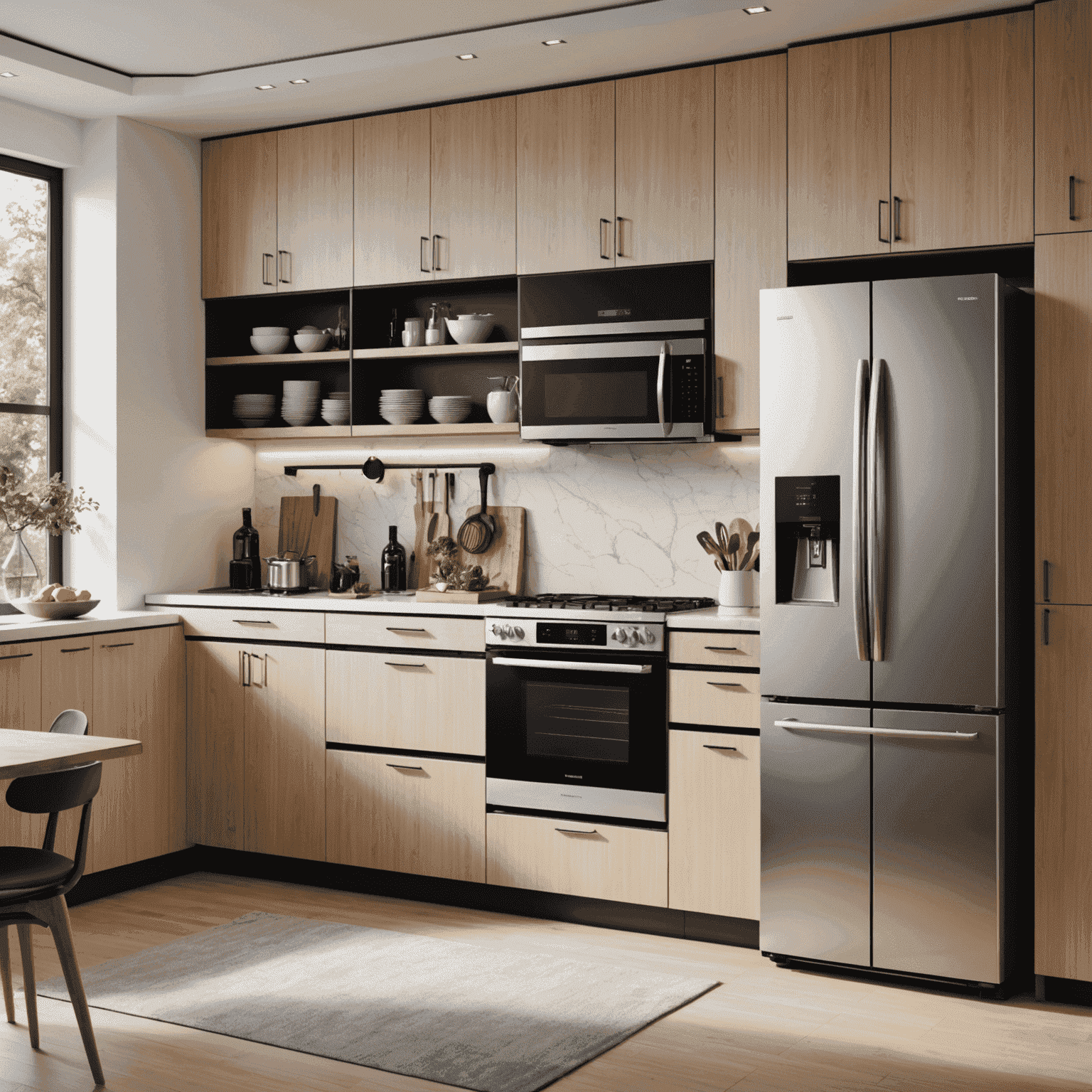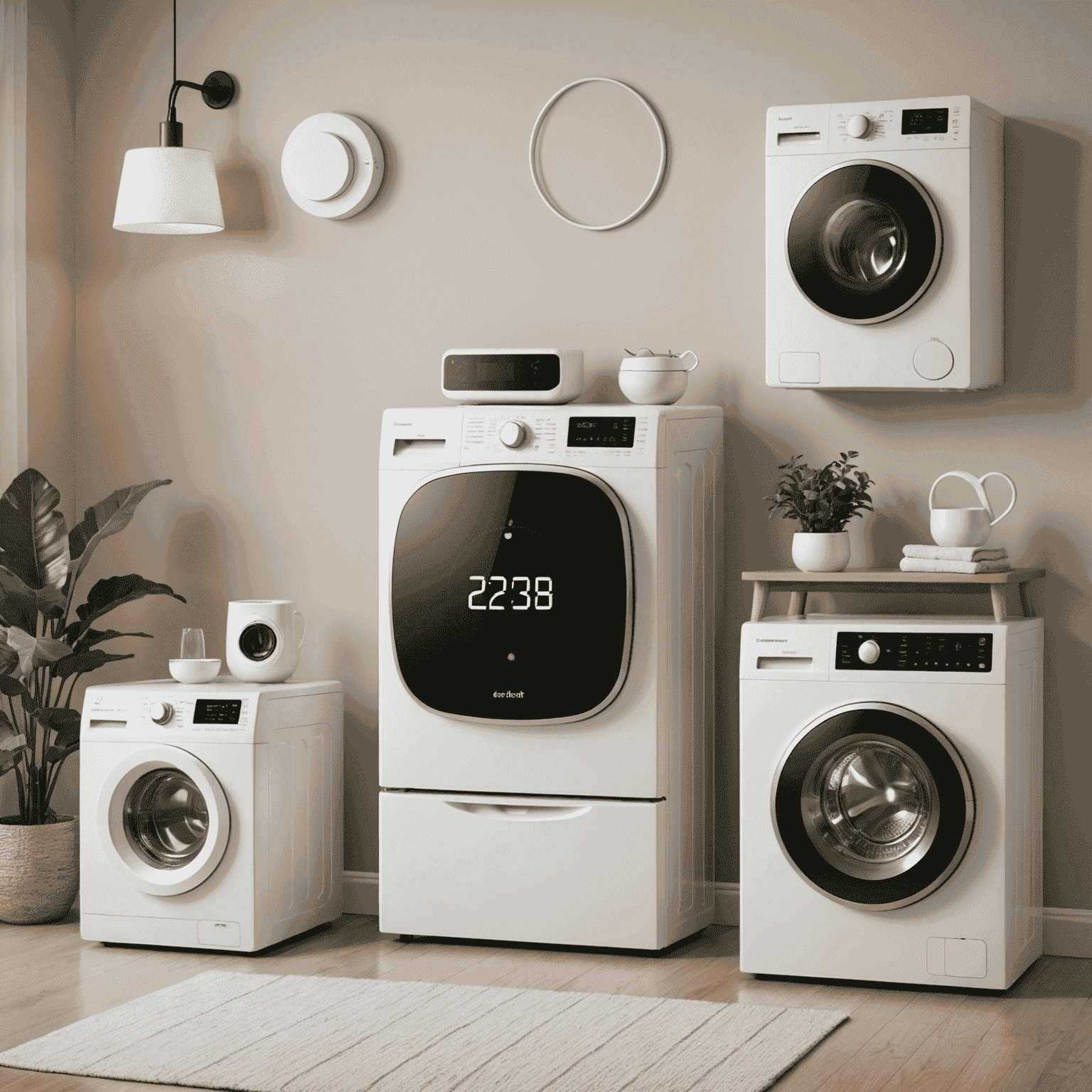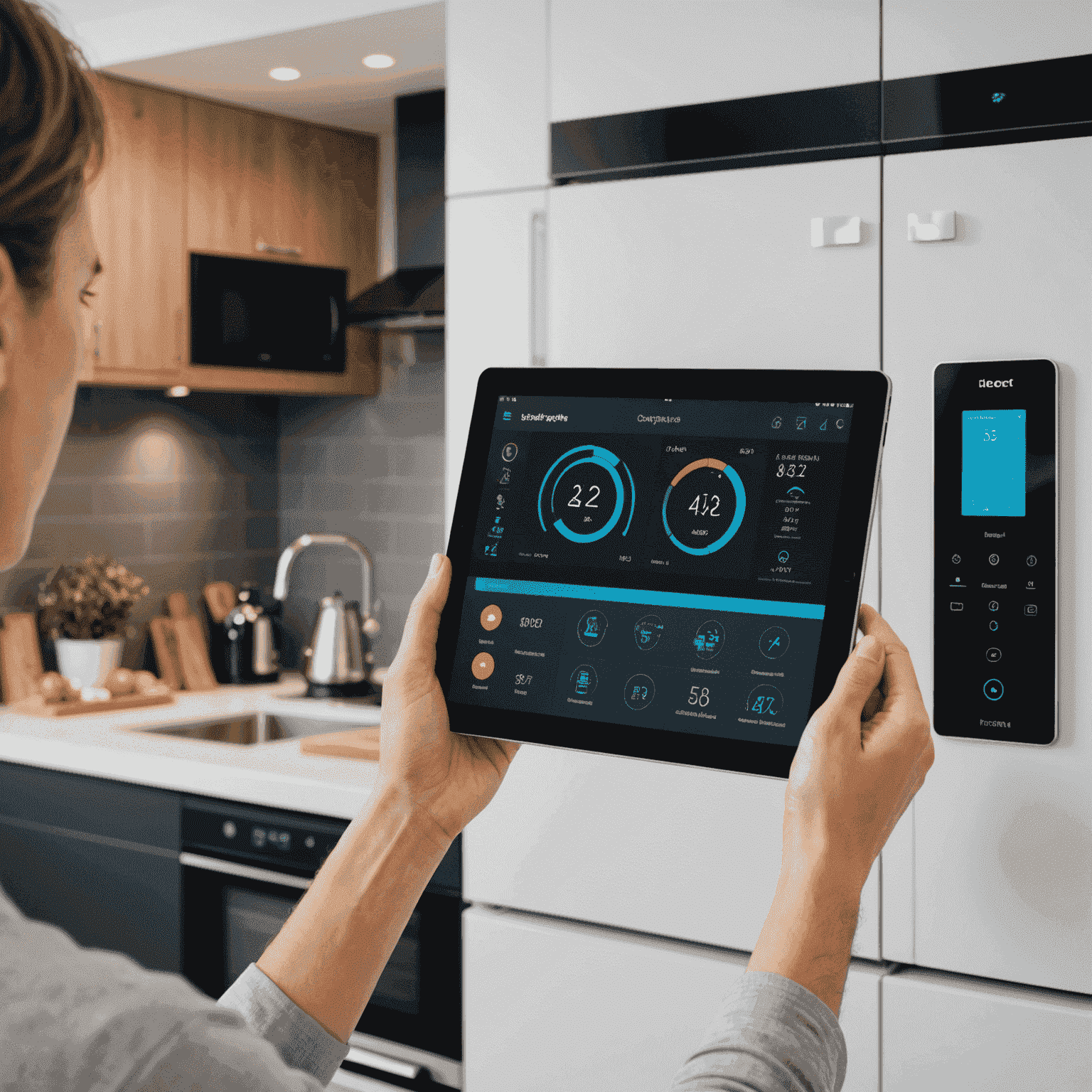Energy-Saving Smart Appliances

In the era of smart home automation and energy efficiency, integrating energy-saving smart appliances into your home's ecosystem is a game-changer. These innovative devices not only reduce your carbon footprint but also optimize your energy consumption, leading to significant savings on your utility bills.
The Smart Revolution in Home Appliances
Smart appliances are at the forefront of the home automation revolution. These devices are designed to seamlessly integrate with your home's energy management system, providing real-time data and intelligent control over your energy usage. From refrigerators to washing machines, these appliances are equipped with advanced sensors and connectivity features that allow them to operate at peak efficiency.
Key Features of Energy-Saving Smart Appliances
- Adaptive learning algorithms that adjust operation based on usage patterns
- Remote control and monitoring via smartphone apps
- Integration with smart home assistants like Google Home and Amazon Alexa
- Energy consumption tracking and reporting
- Automatic power-saving modes during peak energy hours

Popular Energy-Saving Smart Appliances
1. Smart Thermostats
These devices learn your temperature preferences and daily routines to optimize heating and cooling, potentially saving up to 15% on your energy bills.
2. Smart Refrigerators
With features like adaptive defrost and temperature zones, smart fridges can reduce energy consumption while keeping your food fresher for longer.
3. Smart Washing Machines and Dryers
These appliances can detect load size and fabric type to optimize water and energy use, and can be programmed to run during off-peak hours.
4. Smart Lighting Systems
LED smart bulbs and fixtures can be controlled remotely, dimmed to save energy, and programmed to turn off automatically when not in use.
Integrating Smart Appliances into Your Home
To fully leverage the benefits of energy-saving smart appliances, consider the following steps:
- Assess your current energy consumption and identify areas for improvement
- Choose appliances that are compatible with your existing smart home ecosystem
- Ensure your home network can support multiple connected devices
- Take advantage of energy monitoring features to track and optimize usage
- Regularly update appliance firmware to ensure optimal performance and security

The Future of Smart Energy Management
As technology continues to advance, we can expect even more innovative features in energy-saving smart appliances. From AI-powered predictive maintenance to seamless integration with renewable energy sources, these devices will play a crucial role in creating more sustainable and efficient homes.
By embracing energy-saving smart appliances and integrating them into your home's energy management system, you're not just reducing your energy bills – you're taking a significant step towards a greener, more sustainable future. Start your smart energy journey today and experience the perfect blend of convenience, efficiency, and environmental responsibility.